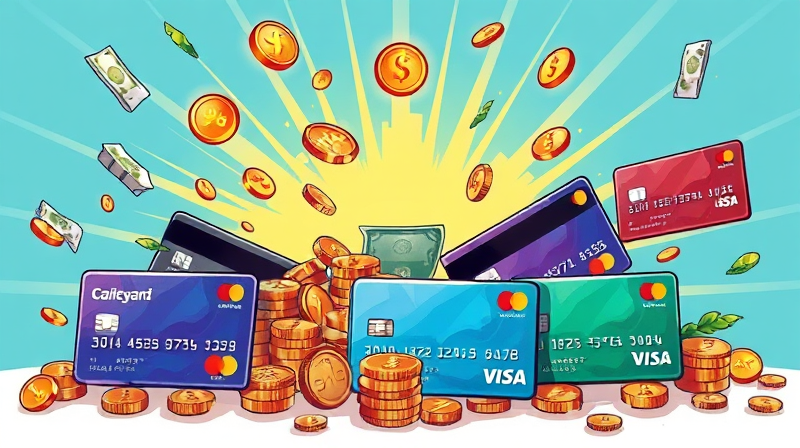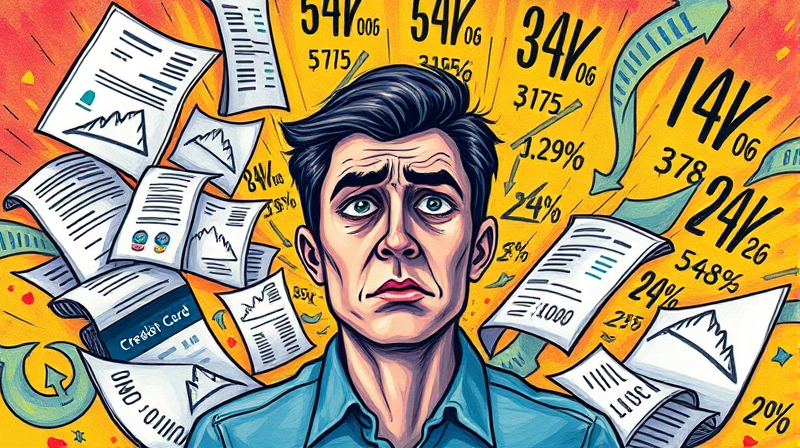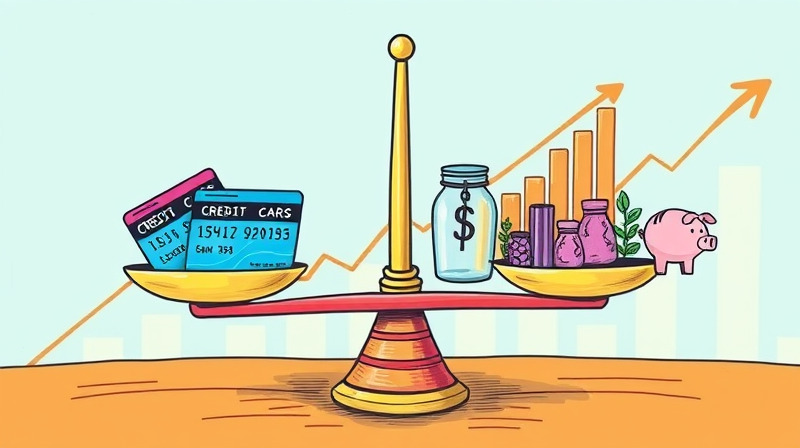Every time you swipe or tap your credit card online or in person, you entrust sensitive financial information to a complex digital ecosystem. With credit card fraud on the rise, it’s essential to build robust defenses that keep your accounts safe. This article delves into the scale of the problem, how fraudsters operate, the human impact, and practical steps you can take today.
Understanding the Scope of Credit Card Fraud
Credit card fraud attempts have surged by 46% year-over-year, and ecommerce fraud in the US has soared 140% over three years. Researchers estimate that by 2026, global losses from unauthorized credit card activity will reach $43 billion annually. In the United States alone, consumers face nearly half of that burden, with 62 million Americans reporting fraudulent charges last year and 63% of credit card holders victimized at least once.
These figures indicate that no one is immune. In fact, 28% of consumers experienced fraud in the past year, and over half of those victims dealt with recurring unauthorized charges from the same merchant. As stolen or lost physical cards account for a mere 8% of fraudulent charges, the battlefield has moved decisively online.
How Fraudsters Operate
Modern credit card fraud relies on sophisticated cyberattacks rather than simple pickpocketing. Phishing emails, malicious software, ransomware, and unsecured cloud breaches lead the way. In 2024, bot-led attacks doubled within six months, reflecting a growing trend toward automation and scale.
Cybercriminals often harvest personal data through:
- Phishing campaigns that mimic legitimate banks
- Malware installed via unsafe downloads
- Ransomware targeting corporate databases
- Data leaks from unsecured cloud accounts
Once personal details are in hand, fraudsters either make unauthorized purchases or sell the data on underground markets, fueling a cycle of theft and resale.
The Human Toll: Financial and Emotional Impact
Beyond the immediate financial losses—amounting to over $6.2 billion annually in unauthorized purchases—the psychological effects can be profound. Victims often experience anxiety, frustration, and a lingering mistrust of digital services.
Survivors of fraud report spending hours on the phone with banks, filing reports, and monitoring statements. While 91% of consumers appreciate when banks step in proactively, the process can still feel overwhelming and intrusive. For many, the financial setback is compounded by the time and energy expended to restore their peace of mind.
Practical Steps to Shield Your Finances
You don’t have to feel powerless. By adopting a few key habits, you can significantly reduce your vulnerability and respond quickly if your information is compromised.
- Designate one card for all online purchases to limit exposure to potential breaches.
- Enable purchase alerts via text or email to catch suspicious activity immediately.
- Use virtual account numbers when possible; these generate temporary card details per transaction.
- Check out as a guest on websites to avoid storing card data on merchant servers.
- Set up strong, unique passwords and enable two-factor authentication for all financial accounts.
- Review statements regularly and report unauthorized charges without delay.
The Role of Financial Institutions
Banks and credit card companies bear a critical responsibility in preventing and mitigating fraud. Consumers overwhelmingly believe that financial institutions should take the lead: 75% expect banks to prevent unauthorized transactions, and 82% hold them accountable for resolving any issues that do occur.
Leading institutions are responding by:
- Deploying machine learning for proactive monitoring of unusual patterns
- Issuing virtual card numbers and one-time use tokens
- Providing 24/7 fraud hotlines and rapid dispute resolution
These measures, combined with consumer vigilance, form a powerful defense against evolving threats.
Looking Ahead: Emerging Trends and Innovations
The future of credit card security lies in advanced technology and cross-industry collaboration. Biometric authentication—such as fingerprint and facial recognition—promises to make stolen credentials obsolete.
Artificial intelligence and big data analytics are becoming standard tools for fraud detection, reducing false positives while identifying sophisticated schemes. Industry investments in encrypted tokenization and decentralized identity systems could further harden the payment ecosystem against attack.
Below is a brief overview of projected global fraud losses and anticipated protective measures:
Conclusion
In an age where digital convenience and credit card fraud rise hand in hand, vigilance is your greatest ally. By staying informed, adopting strong security habits, and collaborating with proactive financial institutions, you can navigate the digital landscape with confidence.
Remember, protecting your financial well-being is an ongoing process. Implement the measures outlined here, keep an eye on emerging trends, and always challenge unexpected alerts. With these strategies, you’ll transform fear into empowerment and keep your credit cards—and your peace of mind—secure.
References
- https://merchantcostconsulting.com/lower-credit-card-processing-fees/credit-card-fraud-statistics/
- https://use.expensify.com/blog/credit-card-statistics
- https://www.experian.com/blogs/insights/2025-state-of-credit-card-report/
- https://www.pymnts.com/news/security-and-risk/2025/37percent-of-consumers-highly-concerned-about-credit-card-fraud/
- https://www.security.org/digital-safety/credit-card-fraud-report/
- https://usa.kaspersky.com/resource-center/preemptive-safety/protect-your-credit-card-online
- https://www.afponline.org/training-resources/resources/survey-research-economic-data/details/payments-fraud










